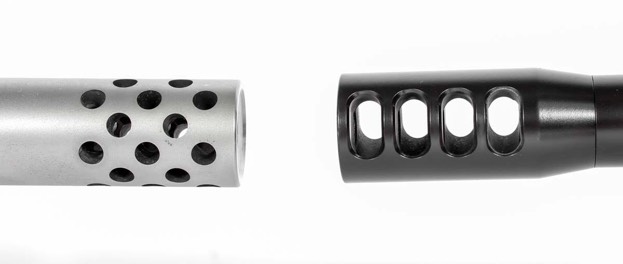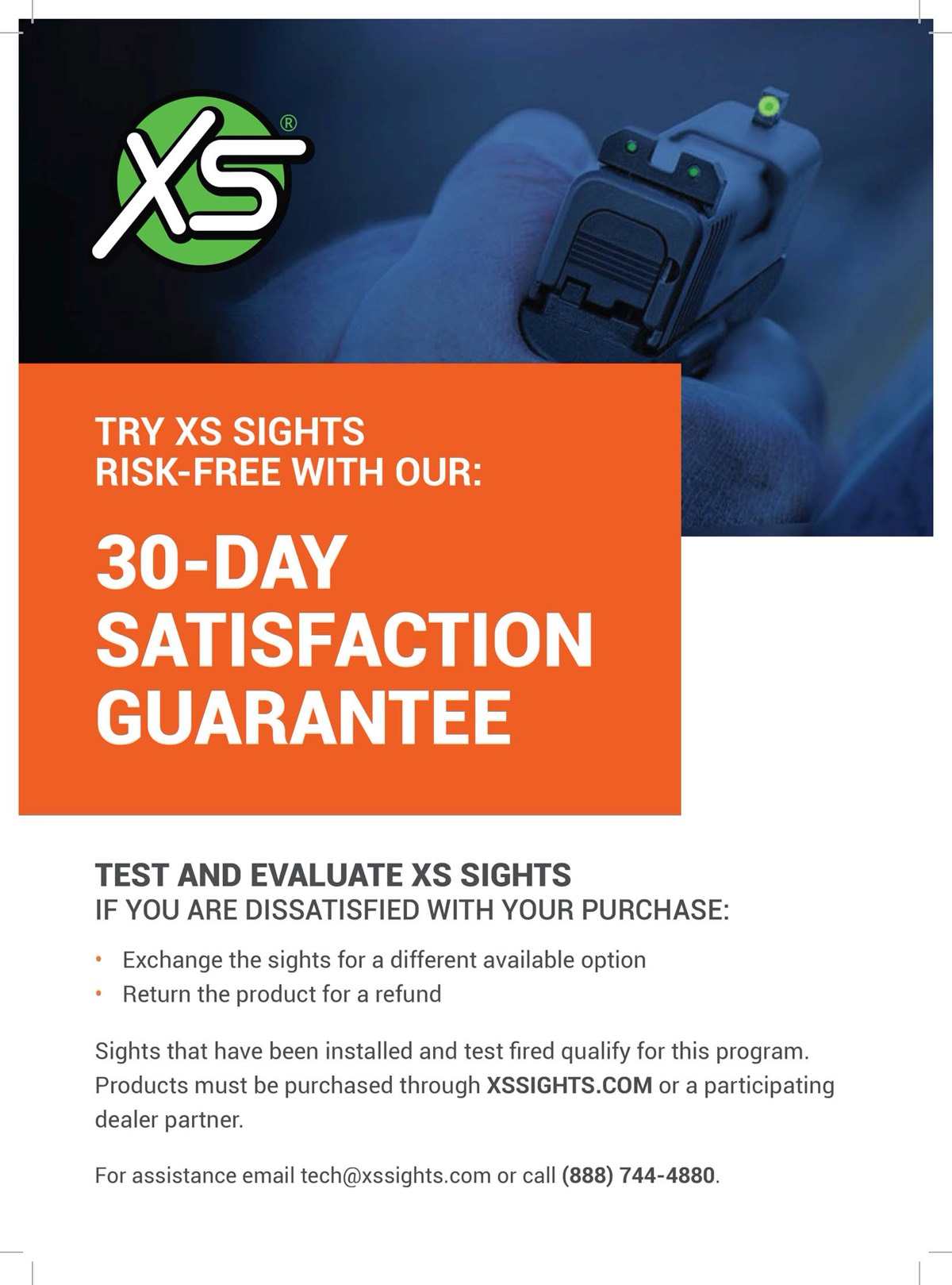Mark Hampton
So … you purchased a new handgun and are ready to hit the woods. Is it field ready right out of the box? Or should you consider a few modifications to enhance the performance, accuracy and enjoyment of your handgun?
For Want Of A Trigger
The first and most important customization is a good trigger. A trigger with a heavy pull and lots of creep makes consistent accuracy much more difficult to achieve. I don't enjoy “fighting” a heavy trigger.
A good trigger is an asset to most any shooter — it takes a lot of work out of the equation.
Every shooter may define “a good trigger” differently. For me, a good trigger breaks clean and crisp, with no creep and with no gritty feel. On most of my revolvers, the trigger breaks around 3 lbs. or less. This works well for me, and I can shoot during cold weather and still be safe. On single-shot handguns, I prefer a trigger pull of 2 lbs. or fewer. Single-shot handguns like the T/C Encore, Nosler NCH and custom XPs and handguns of similar design are scary accurate — a good trigger helps with consistent, precise shot placement.

This highly customized Ruger Single-7 by Mag-na-port is topped by an UltraDot sight with a Weigand Machine And Design base.
For over 30 years I have been sending revolvers to Mag-na-port International for action and trigger jobs. Today, Ken Kelly continues in his father’s footsteps with top-notch gunsmithing there. Recently I sent Ken several revolvers for tune-ups and they all came back with great triggers. Without a quality trigger, everything else is just window dressing.
Get A Grip
We handgunners come in all different sizes and shapes, so grips are often one of the first modifications considered — it’s impossible for firearm manufacturers to provide a one-size-fits-all. Changing grips to properly fit your hand can improve your comfort level — and your shooting. I have a Ruger Super Blackhawk Bisley Hunter in .41 Mag. The factory grips just didn’t feel right, and as a result I didn’t enjoy shooting this revolver. I reached out to Gary Reeder and he was kind enough to fit a set of Corian grips to this stainless revolver. Boy, did they make a difference! And they look great to boot. Gary Reeder Guns offers many other custom-revolver embellishments including maxi-throat, deep-dish crown and action job. He’s an avid handgun hunter and knows what works.
Certain grips can also help manage heavy recoil better. Some shooters prefer finger groove, or combat-style grips. Perhaps rubber grips will best serve your intended purpose, or maybe some high-end Turkish walnut sure to impress your friends. Textured or finely checkered grips may help with sweaty palms. Choosing the right grip to properly fit your hand and purpose will definitely be an asset.

Mark replaced the T/C Encore factory forend with this custom model. He prefers the wide versions for stability on rests.
For single-shot handguns such as the T/C, changing forends can also be beneficial. There are several aftermarket options available in a variety of shapes and styles. I prefer a forearm 2" wide as it rides nicely in a bag or backpack.
What You Can't See …
Sights are another area for modification consideration. If you’re still enjoying iron sights, you may want to consider switching out front and rear sights for easy target acquisition. Perhaps you need a taller front sight, partridge with gold bead or bright colored insert. Depending on your eyes, barrel length and shooting application, different blade widths may make sense.
I’m past iron sights at this stage of life, so I lean toward optics. For revolvers and semi-autos, reflex sights are common on today’s hunting handguns. With a little practice, you can get on-target mighty fast. Red dots come in different sizes from 1 MOA to 8 MOA. For more precise shooting, the smaller the dot size the better.
Remember, a 3 MOA dot will cover 3" at 100 yards. For hunting in the woods where shots normally occur inside of 100 yards, the red dot sight is very practical.
I’ve been using UltraDot sights, both tube and reflex models, on revolvers and semi-autos with satisfactory results. Trijicon and Leupold also provide quality reflex sights.

Mark likes red dots on hunting revolvers. Here’s one of his UltraDot configurations.
Some handgunners prefer scopes over the red dots. Your planned hunting endeavor will determine the best power level. A straight 2X scope is fine for woods hunting. If you’re likely to encounter long shots in open country, you’ll appreciate higher magnification. I’ve been shooting Leupold’s 2.5-8x for many years. It’s a great optic for many types of hunting. Leave it on 2.5x for close-range opportunities or crank up the power for longer pokes. Burris also makes a 2-7x and a 3-12x scope, both are fine optics for hunting.
While we’re discussing optics, proper mounts and rings are a must. Many of my handguns use Weigand Machine And Design mounts and rings. Warne mounts and rings are another source for quality mounting gear. SSK Industries’ T’SOB mount is tough as nails and will withstand brutal recoil. I refuse to mount a good optic in a cheap base mount and rings — it makes no sense. I’m in the process of installing a Leupold scope on a Freedom Arms Model 83. A Lovell mount with integrated rings will secure the optic and will not shake loose regardless of how many heavy loads it endures.

This T’SOB base from SSK Industries is built like a tank. The scope is rock solid in three Weigand rings.
Recoil Reduction
Another modification I frequently choose involves recoil management. The older I get the less I enjoy brutal recoil — it’s just a reality I embrace.
Many of my revolvers have the Mag-na-port process which reduces felt recoil and tames muzzle rise. Lately I’ve been pleased with the dual-trapezoidal porting. For single shots, muzzlebrakes come in many flavors. The side discharge versions seem to be the most effective on many of my single-shot handguns. I know what you’re thinking — those darn muzzlebrakes are loud! You’re correct. I never shoot any handgun, even when hunting, without hearing protection.

Muzzlebrakes come in a variety of designs. Mark finds them to be lifesavers on big-caliber handguns.
Today’s muzzlebrakes are impressive. I have an H-S Precision bolt-action handgun chambered in .270 WSM. With a side discharge muzzlebrake, I can shoot this handgun one-handed with little felt recoil. The pistol even wears a riflescope! Some shooters don’t consider muzzlebrakes accessories, but necessities.
Cosmetics
Different finishes are another modification to consider. You might like color case-hardening, or maybe you’re more attached to high-luster blue. Others might gravitate to a matte or stainless finish. Mag-na-port offers a beautiful velvet hone finish for stainless steel firearms. There is a plethora of options for Cerakote, Duracoat or Gun-Kote finishes. The Encore in .375 JDJ I own has seen a tremendous amount of use and abuse — it’s a working gun for sure. To hide the years of maltreatment, I had a camo finish applied. It’s different, unique and looks cool in the jungle.

A Lovell scope mount and rings on a Freedom Arms Model 83.
Other alterations or conversions may include smoothing internal parts, timing work, combat trigger conversions, adding an oversize locking base pin, reaming cylinder throats, change hammer, jewel and polish trigger and hammer and re-chamber to name just a few. It’s up to each individual shooter what you need or want.
Before diving into custom gun work, be sure to spend enough time with your handgun to get a feel for what you specifically want or need. Consider your goals and intended use for that gun. Heck, you may shoot the gun and not have a need for any custom work. There is a world of options to consider, and half the fun is figuring out what’s best for your particular situation.
For more info: www.


